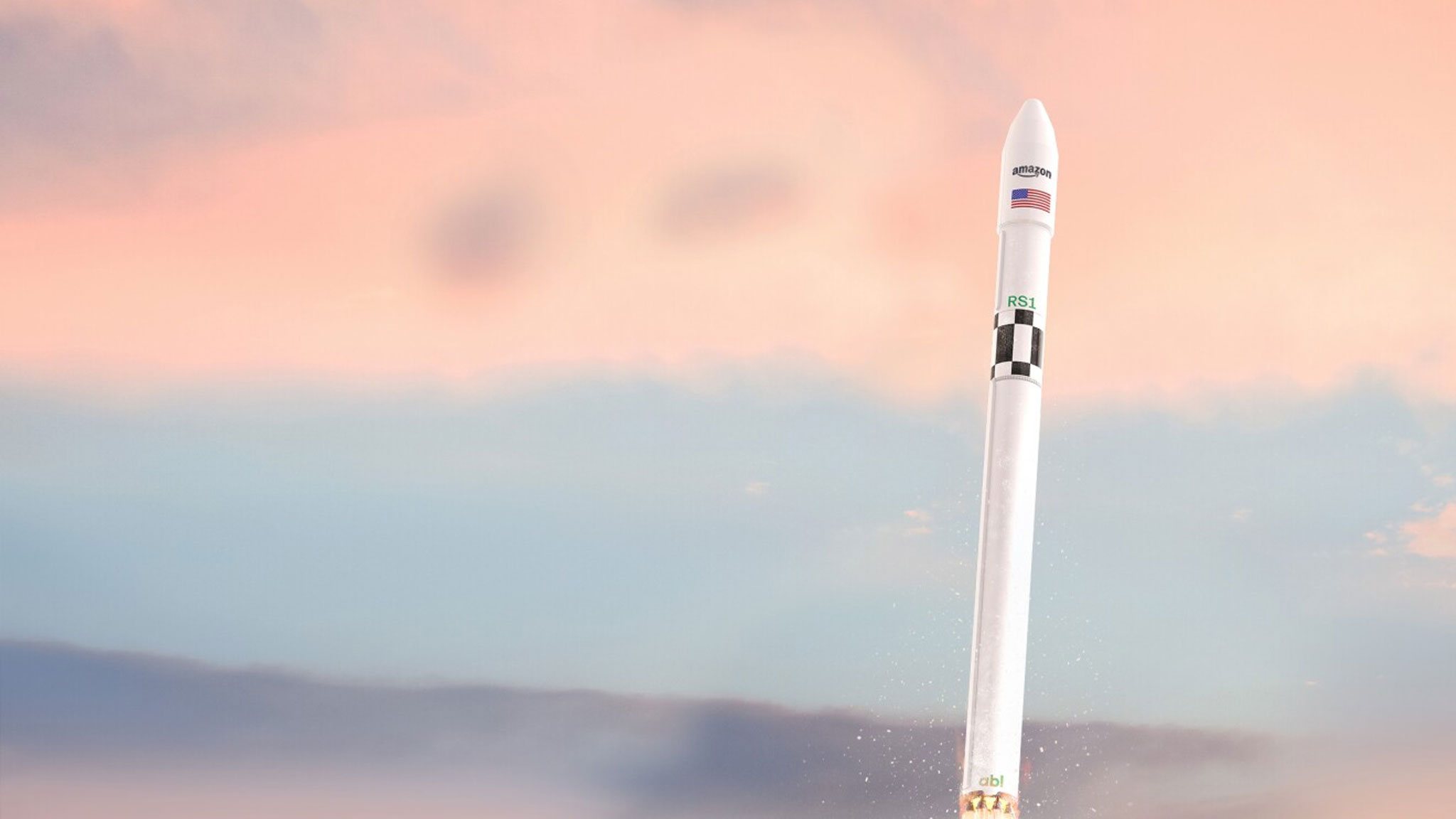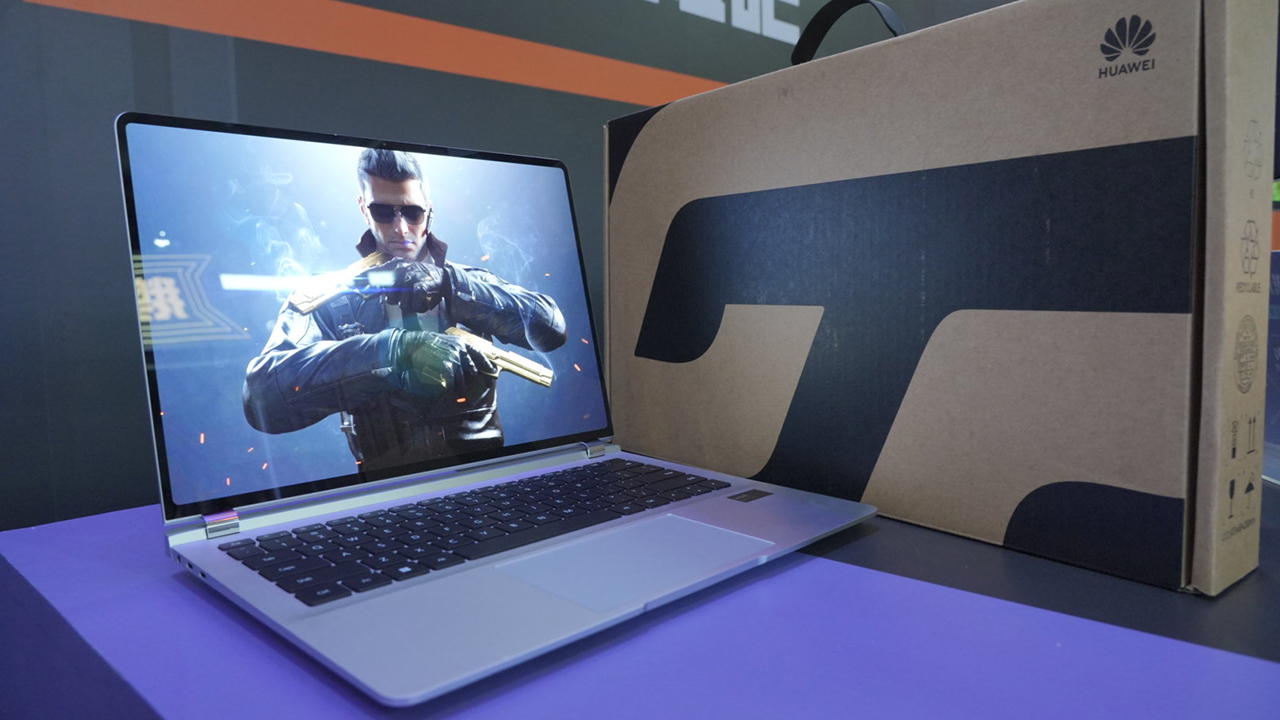Tesla chief Elon Musk has launched satellites into orbit with his space company SpaceX for several months — and has been regularly criticized for doing so. There are 1,700 devices all over the world providing high-speed Internet to remote places on Earth. It should be about 12,000 one day. Astronomers fear that the orbit will be shattered. Not only does it spoil the appearance of the night sky, but it could also lead to more collisions on space missions. Elon Musk’s mega project is just the tip of the iceberg – because free riders are coming up now.
Online retailer Amazon also operates an orbital wire to the World Wide Web under the name Project Kuiper. With 3,236 satellites, the number of missiles planned is far less than the number of rockets designed by Elon Musk’s Starlink, but with its plans, the group is making a significant contribution to crowding out in orbit. The company that Jeff Bezos founded is clearly lagging behind the competition. So far, Amazon has not sent a single satellite into the sky. That should change in 2022.
Testing of the first satellites will begin at the end of 2022
Like the company recently announce, plans to launch the first two prototypes of Project Kuiper into space in the last quarter of 2022. The KuiperSat-1 and KuiperSat-2 are scheduled to fly into orbit aboard a new RS1 rocket from California startup ABL Space Systems. According to Amazon, the two satellites are equipped with the same end hardware technology and should be used to perform the first test at an altitude of 590 kilometers.
In a test sequence of just ten minutes, the satellites are supposed to connect to a base station in Texas and four terminals on Earth to check transmission speeds, for example. So far, Amazon has run tests on the ground only the satellites are said to have achieved a data transfer rate of 400 megabits per second (Mbps). For comparison: Elon Musk’s Starlink currently offers download speeds between 100 and 200 Mbps.
Expensive test flights
Amazon loudly pays for every RS1 space flight the edge 12 million US dollars (about 10.4 million euros). The first test flight of this model is still pending. It is scheduled to be held in Alaska at the end of 2021. In order to prevent the allegation of the presence of waste in orbit, Amazon has announced effective measures to confront the problem. For example, the company will allow the two test satellites to incinerate after the beta phase ends, so as not to leave any waste behind. Amazon supplies its celestial bodies with visors from the sun to reflect less light. SpaceX uses similar technology to reduce satellite visibility in the night sky.

“Certified gamer. Problem solver. Internet enthusiast. Twitter scholar. Infuriatingly humble alcohol geek. Tv guru.”





